ICTNWK612C - Plan and Manage Troubleshooting Advanced Integrated IP Networks
1.Introduction
A company is facing network issues and needs a fix the issues related to wire and wireless internet connection. The client took help from the IT support team to fix the issues but they failed to troubleshoot the problem. On the other hand, the terminals having internet access fail to reach the companys Resources server that contains important documentation and it is accessed via the IPSec VPN tunnel.
The following information related to the companys network that are shared includes the devices passwords and network topology. The intent of this report is to learn the troubleshooting strategies and approaches and implement them to find the reasons that is causing the trouble, and come up with prevention strategies to resolve the companys network issues.
2.Define the Problem
The following are the problems:
- BGP routing protocols and IP routing are not configured.
- Even the PC, router and switches are not configured properly.
- VLAN is not configured between the switches.
- Firewall configuration is not correct.
- There are VPN IP sec Tunnel configuration issues found.
Thus, there are issues with the connectivity, which can be due to misconfigured network devices or damaged devices. Also, there can be IP and configuration issues, which must be identified thoroughly if not it can cause a serious impact on the whole network.
3.Troubleshooting Strategies / Approach
The structured troubleshooting method is the used strategy, which acts as a guideline throughout the troubleshooting process. It helps to systematically discard the possible reasons and decrease the possible causes until it is possible to handle and resolve the problem.
The following are the common troubleshooting approaches that are used (Cisco Press,2023):
- Top-down approach:In this approach, you work from the OSI (Open Systems Interconnection models application layer to the physical layer. The following figure shows the OSI seven-layer networking model and TCP/IP four-layer model.
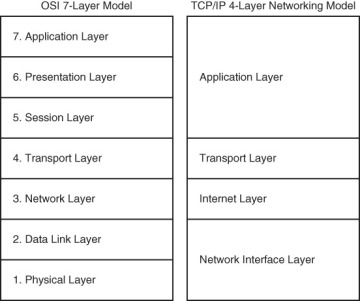
Figure: OSI and TCP/IP Networking Models
- Bottom-up approach:But, the bottom-up approach begins from the OSI models physical layer and then goes up to the application layer.
- Follow-the-path approach:This approach depends on the packets path, which move to the network from the source to destination.
- Divide-and-conquer approach:But, in this approach, it is required to begin from the center of the OSI model i.e., the network layer. Next, depending on the findings, it is allowed to either go up or down the stack of OSI model.
- Move-the-problem approach:It follows a common strategy to troubleshoot the problem, where it physically moves the components and check if the problem moves with the moved component or not.
- Spot-the-differences approach:In this approach the network devices or processes that are functioning correctly are compared with the ones that fails to work as expected.
1.Proposed Solution
The following are the proposed solutions that are used are comparing the configurations, Tracing the Path, and Swapping the components.
- Comparing the configurations: It mainly highlights that the human errors can lead to impact on the network performance, so it is first necessary to check if there are any configuration changes in the network. This can be tested by applying AAA mechanism.
- Tracing the Path: It is the commonly used method, which sends apingto the destination device.
- Swap-out the components: Ithelps in checking if there is a specific device, which is causing the network issue. And, after swapping, it is later monitored to know what happens.
To ensure performance and reliability, it is effective to use monitoring tools that can effectively monitor the network connectivity and intimate through alerts.
2.Network Troubleshooting Tools and Techniques
Several troubleshooting tools are helpful in analyzing the network connection problem or performance issues. The following are the effective tools used to troubleshooting (John, 2022):
- route: It is a command that allows to manually update the routing table.
- arp: It referred as the Address Resolution Protocol, which is a protocol for connecting the Internet Protocol (IP) address with the fixed physical machine address, in a LAN (local-area network).
- traceroute: It referred as a diagnostic command, which is utilized for identifying where the ICMP packet stops when a ping tool fails to reach the destination host.
- ping:It referred as a tool, which is utilized for testing the destination hosts reachability by sending ICMP (Internet Control Message Protocol) packet to the destination and gives a packets round-trip time.
- Telnet: It isa protocol which gives a command-line interface for communication with the remote device or server.
3.Testing Strategy
The following are the testing strategies that will be implemented:
- ping: It referred as a tool, which is utilized for testing the destination hosts reachability by sending ICMP packet to the destination and gives a packets round-trip time. It means to show the speed to traverse the network.
- traceroute: It referred as a diagnostic command, which is utilized for identifying where the ICMP packet stops when a ping tool fails to reach the destination host. This command helps to display where the packet is traveling. Thus, it benefits to detect the actual problem.
To begin with the existing network is checked with the help of ping and IP routing tool. The existing network design as presented below.
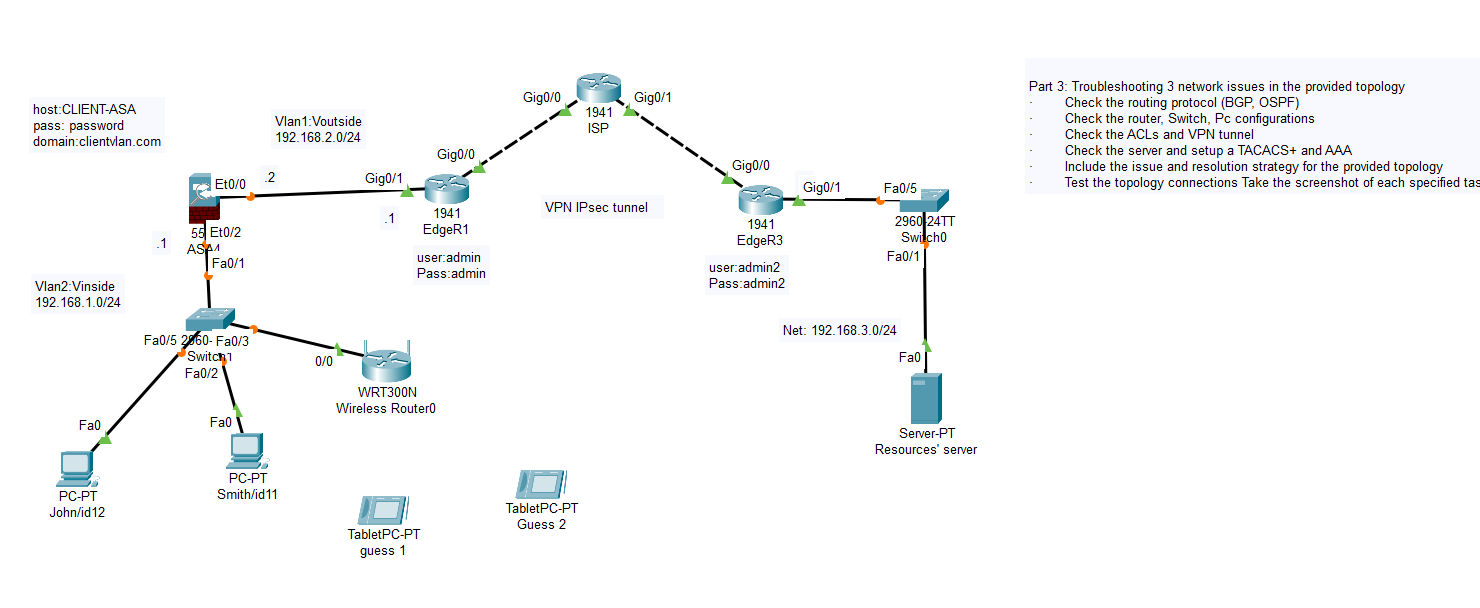
The below screenshot is representing that the OSPF routing is configured on the existing network.

The below screenshot is representing that the BGP protocol is not configured on the ISP Router.
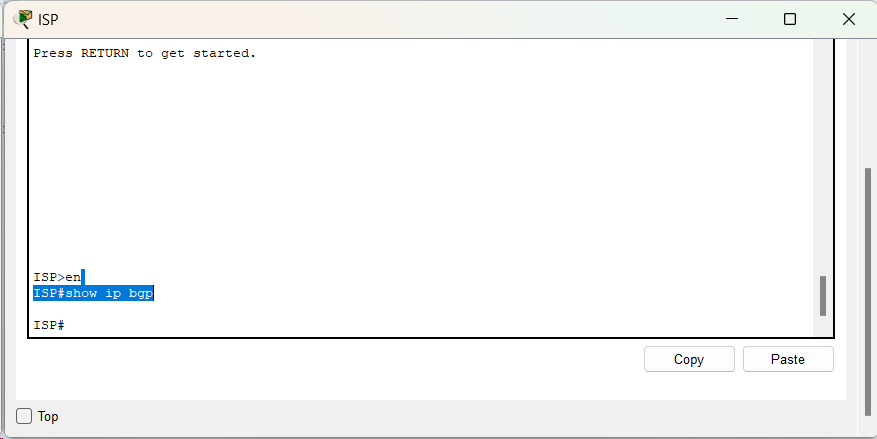
The below screenshot is representing that the BGP protocol is not configured and the OSPF is configured on Edge R1 Router.
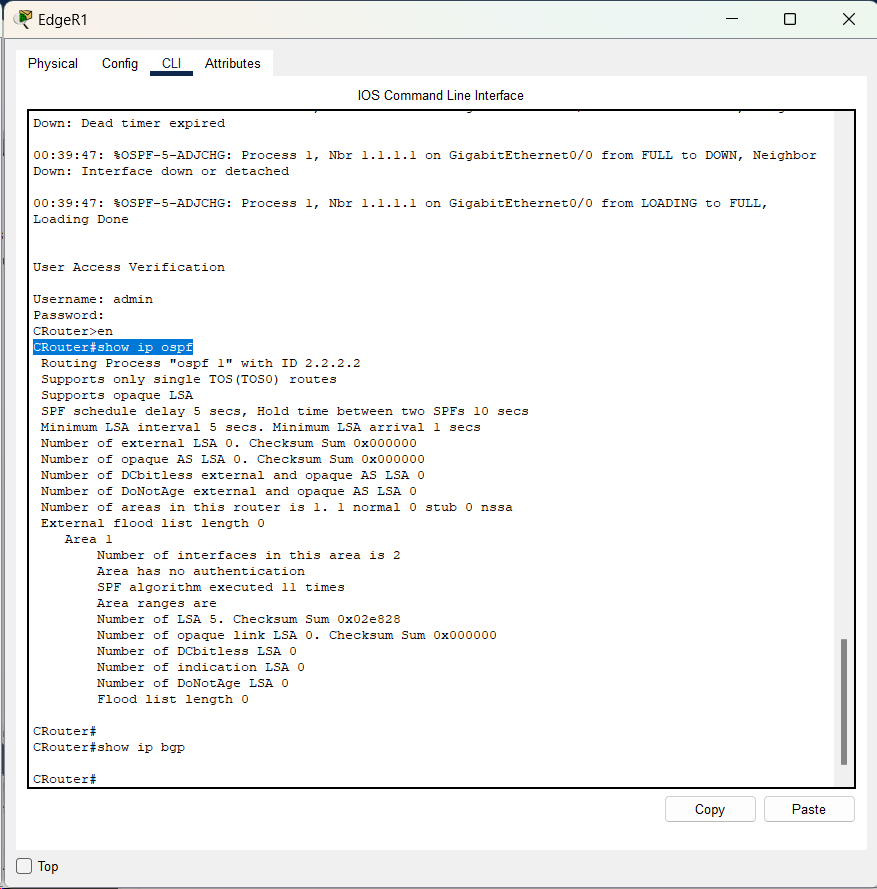
The below screenshot is representing that the BGP protocol is not configured and the OSPF is configured on Edge R3 Router.
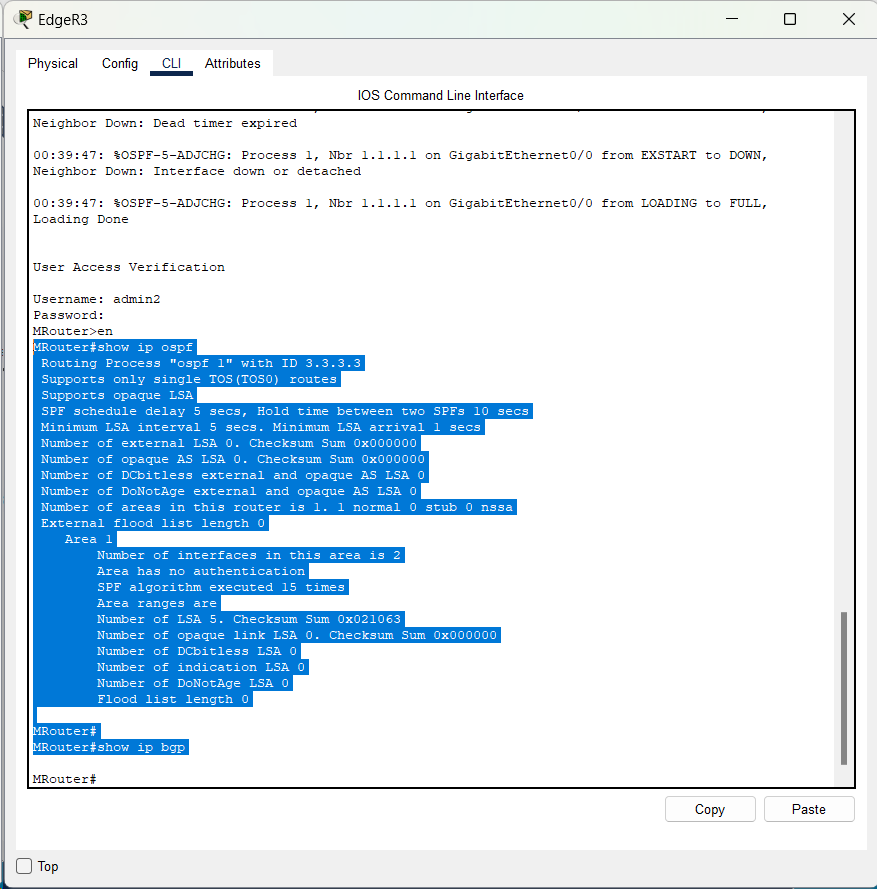
Next, devices configuration is checked. The below screenshot is representing that the ISP router did not ping the PC. So, the Router and PC is not configured correctly.
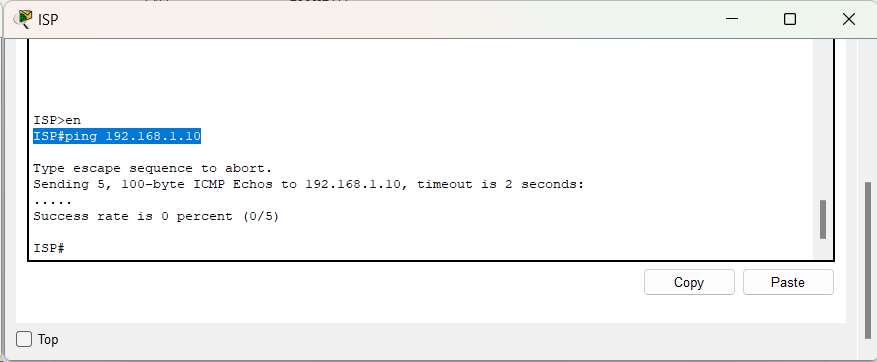
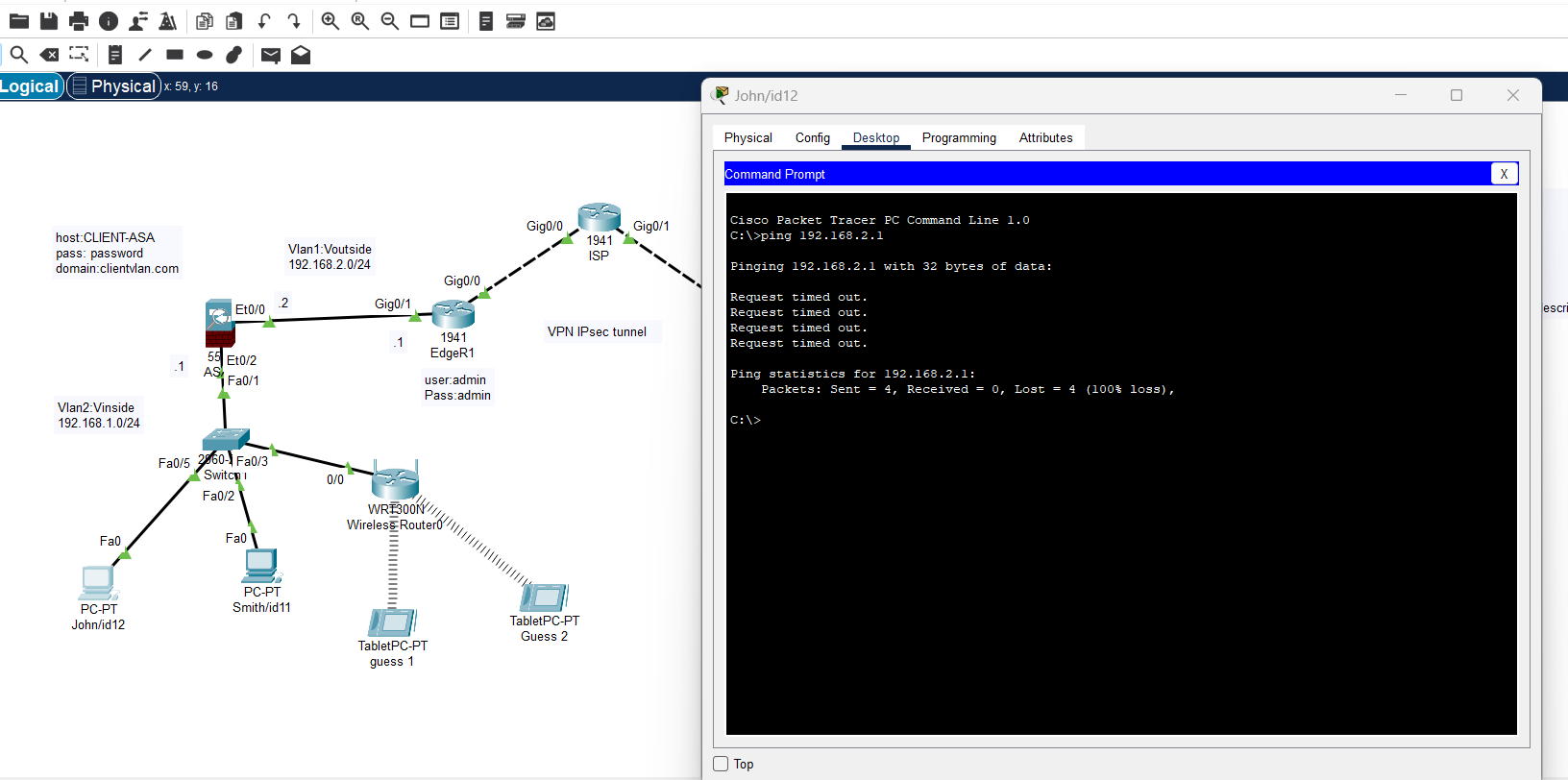
The below screenshot is representing that the switch 1 did not ping the PC. So, the Switch and PC is not configured correctly. The Switch VLAN is not configured.
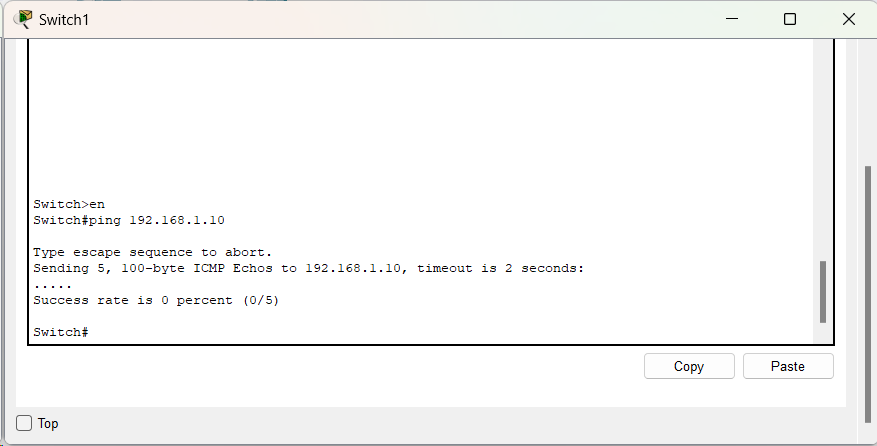
The below screenshot is representing that the switch 0 did not ping the Server. So, the Switch and Server is not configured correctly. The Switch VLAN is not configured correctly.
Are you struggling to keep up with the demands of your academic journey? Don't worry, we've got your back! Exam Question Bank is your trusted partner in achieving academic excellence for all kind of technical and non-technical subjects.
Our comprehensive range of academic services is designed to cater to students at every level. Whether you're a high school student, a college undergraduate, or pursuing advanced studies, we have the expertise and resources to support you.
To connect with expert and ask your query click here Exam Question Bank

